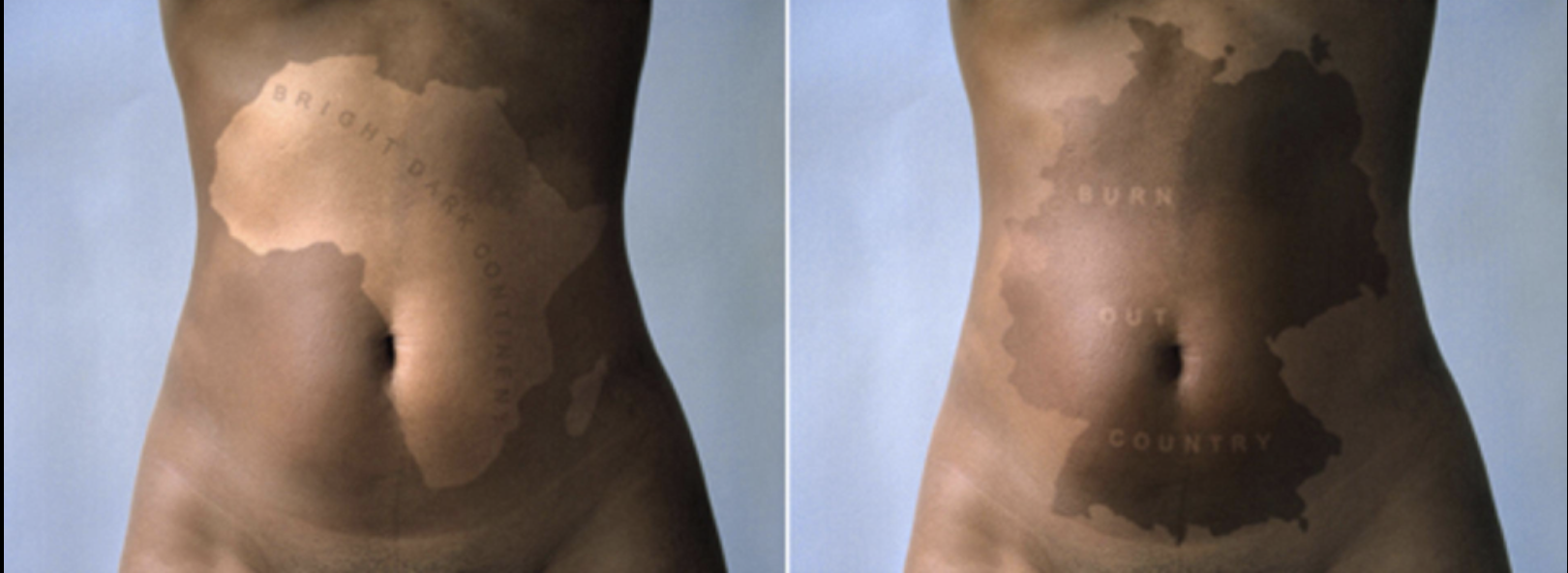This exhibition adopts a feminist curatorial approach, treating gender not only as a theme but also as a method, a way of exploring the structures of power, representation and historiography in Chinese contemporary art. As Monica Merlin argues, gender should be used as ‘an approach to interpret and understand the work of Chinese artists (male and female, feminist or queer)’ especially in the fields of art, curating and art history studies (Merlin 2019, p. 6). Based on this position, the exhibition will show how domestic spaces and intimate materials (traditionally considered feminine) become sites of political and gender rewriting. The project does not solely curate artworks created by or about women but rather echoes what Meilin calls the ‘politicised and gendered dimensions of familiar and everyday objects in contemporary art practice’ (Meilin 2019, p. 8). Through soft sculptures, textile installations, performance art documentation and participatory materials, the works not only explore the representation of female identity but also critically examine gendered labour, emotional inheritance and the politics of neglected care. They do not universalise fixed notions of ‘femininity’, but rather express the complexity of post-socialist femininities and intergenerational experiences.
My curation also uses Meilin’s description of ‘contextual and contextual feminism’ in Chinese contemporary art. This framework avoids imposing Western feminist models but rather ‘encourages a localised understanding of gender relations and life experiences’ (Meilin, 2019, p. 9). A similar view is expressed by Reilly, In ‘Curating Transnational Feminisms,’ she discusses the transnational feminist exhibition ‘Global Feminisms’ curated by Linda Nochlin. The exhibition challenges Western-centric feminism. Global Feminisms is the first exhibition to use ‘transnational feminism’ as its curatorial focus, with the intention of expanding the global perspective of feminist art, confronting the male-dominated art system in Europe and the United States, and rejecting the universalising tendency of ‘the experience of white Western women is feminism.’ I have also borrowed some methods from this exhibition, such as the use of the theory of ‘common differences’ proposed by Chandra Talpade Mohanty, which is introduced in the text: recognising the commonalities and big differences between women around the world and avoiding the assumption that ‘all women are the same’. (Mohanty, 2003) as explained in the text: ‘It challenges monocultural, so-called first world feminism, which assumes that women are “the same”. (Reilly, 2010) So, when I was planning the theme of family and work since this was not a large-scale exhibition, I was unable to compare feminism in multiple countries, so I focused on the situation of women in the Chinese context and avoided feminism in the broadest sense. The works of these artists are either humorous or profound. They stand out from the specific negotiation sites between tradition, the body and autonomy, positioning Chinese feminist art as derivative rather than theoretical.

Ingrid Mwangi (Kenyan, b. 1975). Static Drift, 2001. Two chromogenic prints mounted on aluminum, edition of 5. Heather and Tony Podesta Collection, Falls Church, Virginia. (Photo: Courtesy of Galerie Anne de Villepoix, Paris)URL: https://www.brooklynmuseum.org/zh-CN/exhibitions/global_feminisms
My curatorial approach also draws on Amelia Jones’s view of curating as a political and historical intervention. As she writes, ‘curating constructs certain historical narratives and in some cases intervenes with existing ones’ (Jones 2006, p. 5). This exhibition aims to challenge dominant patriarchal histories of the family, motherhood and gendered labour through the intimate, bodily and subversive work of young Chinese women and queer artists. In line with Jones’s view that ‘curating involves both working with archives and constructing histories’ (p. 5), I see the exhibition as a living archive of a generation’s trauma and gestures of resistance—in which dolls, felt, soft sculpture, embroidery and performance constitute new ways of telling history outside of institutional norms.
The exhibition venue is located in a family apartment studio in Daxing, Beijing, and the space itself has become part of the curatorial strategy: it is not a neutral white cube, but an environment full of gender and emotion, blurring the boundaries between art and life. Inspired by Fran Cottell’s family installation art, this site-specific curation uses the everyday interior space as both form and content, allowing objects and walls to tell memories.

Display 2001, photos : Mark Harwood, Fran Cottell’s lecture slide
This exhibition adopts a site-specific curatorial strategy grounded in Miwon Kwon’s reconceptualisation of place not as a fixed geographical location but as a discursive site—a space embedded with layered social, cultural, and political meanings. As Kwon argues, “The site has been transformed from a physical location—a grounding—into a discursive vector—an itinerary of meanings, a site of interpretation” (Kwon, 2002, p. 29). Following this framework, the choice of a residential apartment in Beijing as the exhibition venue is not merely logistical or aesthetic. Instead, it is conceptual: the domestic space functions as both the subject and the medium of the exhibition. It materialises the very structures that the artworks seek to interrogate—heteronormative expectations, gendered labour, familial surveillance, and the intimate forms of oppression and resistance embedded in everyday life. By curating feminist works within this home setting, the exhibition does not isolate the artworks from their social contexts but rather activates the space as a site of situated feminism, where the private becomes political. In this way, the exhibition refuses the neutrality of white-cube galleries and instead invites viewers to enter a space that is lived, gendered, and emotionally charged, aligning with Kwon’s vision of contemporary site-specificity as relational, discursive, and critically engaged with place-based identity.
The route through the exhibition also draws on the Non-linear / Thematic Spatial Organisation approach mentioned by Maura Reilly. In the author’s words: ‘The exhibition layout…does not follow either a linear chronological order or a geographical division, but is loosely divided into four sections: life cycle, identity, politics and emotion.’ I also divided the exhibition into two sections, namely the family and workspaces, and organised the works through thematic clues. This approach gives curators and audiences greater freedom and does not set a single interpretation path. It respects the multi-meaning of the works, enhances the fluidity and openness of viewing, and echoes the anti-authoritarian and decentralised feminist concept.
Chandra Talpade Mohanty, ” Under Western Eyes’ Revisited: Feminist Solidarity through Anticapitalist Struggle,” in her Feminism without Borders: Decolonizing Theory, Practicing Solidarity(Durham, NC: Duke University Press, 2003), 244.
Jones, Amelia. “Feminist subjects versus feminist effects: The curating of feminist art (or is it the feminist curating of art?).” OnCurating 29 (2016): 5-20.
Merlin, Monica. “Gender (still) matters in Chinese contemporary art.” Journal of Contemporary Chinese Art 6.1 (2019): 5-15
Miwon Kwon (2002) One Place After Another : Site-Specific Art and Locational Identity. Cambridge, Mass: The MIT Press. Available at: https://search.ebscohost.com/login.aspx?direct=true&db=nlebk&AN=138684&site=ehost-live (Accessed: 7 April 2025).
Reilly, Maura. (2010) ‘Curating Transnational Feminisms’, Feminist Studies, 36(1), 156+, available:


Leave a Reply